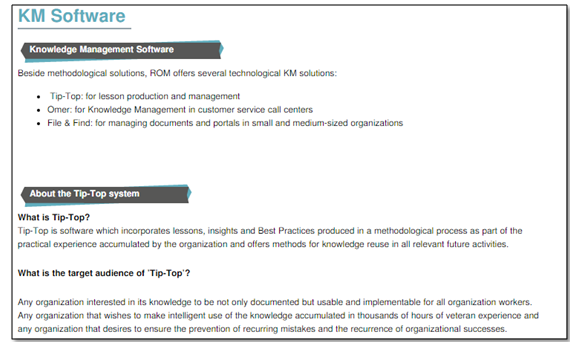What exactly is Information Architecture?
- Rom Global

- Jun 30, 2017
- 2 min read
Updated: Sep 15, 2024

Information Architecture (IA) is a term coined by Richard Saul Wurman, an American graphic designer and the founder of TED lectures, in 1976. Later, Louis Rosenfeld and Peter Morville defined Information Architecture in their "Information Architecture- for the World Wide Web" (1988) as a logical structure planning process which enables users to quickly and easily navigate through both the digital and physical world. IA deals with data design & organization as well as planning navigation systems which assist users in finding relevant information and managing it intuitively.

Rules and regulation that apply to the digital world are relevant to the physical realm as well. There are many examples of IA in the "real world" such as signs at airports and maps throughout the subway stations which allow easy and efficient navigation, answering the vital questions: where am I? Where am I headed? How can I get there?

Information Architecture is based on three main principles which are relevant throughout the entire product planning process:

'Ontology of Information Architecture' involves knowing and realizing the complexity of the various elements from which the product is composed. For example, tags which are meant to transmit information simply and efficiently. Tags are vital for successfully understanding and navigating through a website. Tags include names of links and pages as well as section headings. They help users maintain their route while wandering. Tags are terms which represent data groups.
Tags: "Sushi", "Tapas Bar"
Labels

Taxonomy involves classifying and sorting elements of the same category. In terms of IA, taxonomy is a tool for sorting bodies of content, navigating and browsing through the hierarchical structure.
Choreography is the ability to find the best route for content structure so that we can adapt the desired solution to it. This requires planning and organizing data in different parts of the system while considering matters of ontology and taxonomy.
In conclusion, in order to create an efficient Information Architecture it is highly important to pay attention to these three guiding questions:
How can we use Information Architecture most efficiently? The keyword is comprehension. To quote Richard Saul Wurman "constructing a structure- information which enables others comprehension". So, when we approach a new project we must first analyze who the client is, what his motives are, what is the target audience's objective and through this data decide which strategy is the most suitable and which tactics apt for this project.
What should we avoid? The dangers we face when setting up a project are a lack of information; excess information; false information; constructing a wrong or inaccessible hierarchy.
What is the most efficient way to navigate? It is important to understand that the main goal of using Information Architecture is choosing a method which allows attaining orientation in the quickest way possible while requiring minimum effort and searching. Therefore, clear cataloguing is vital right at the first steps of a new project so that any navigation activity is performed quickly and efficiently.




Comments